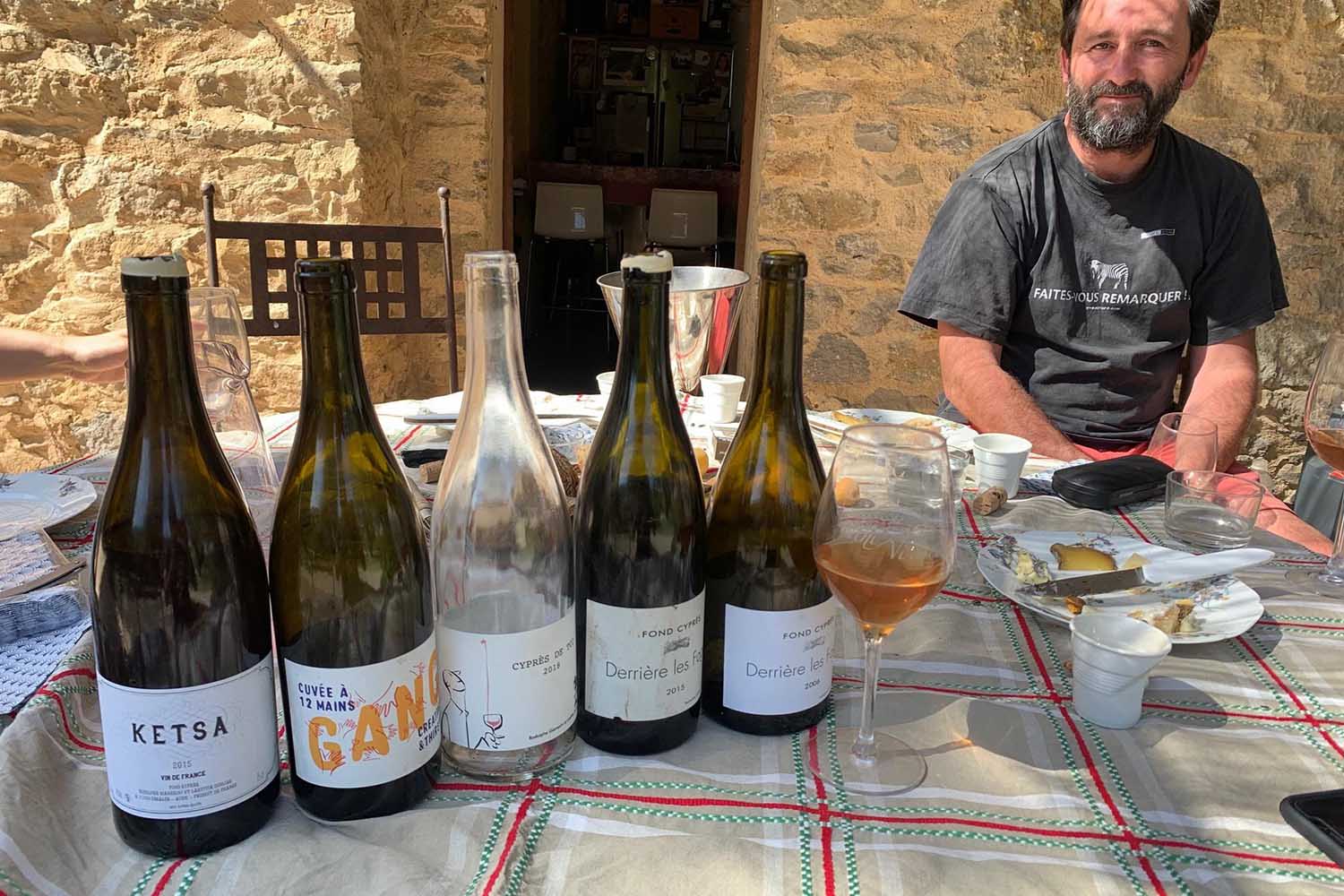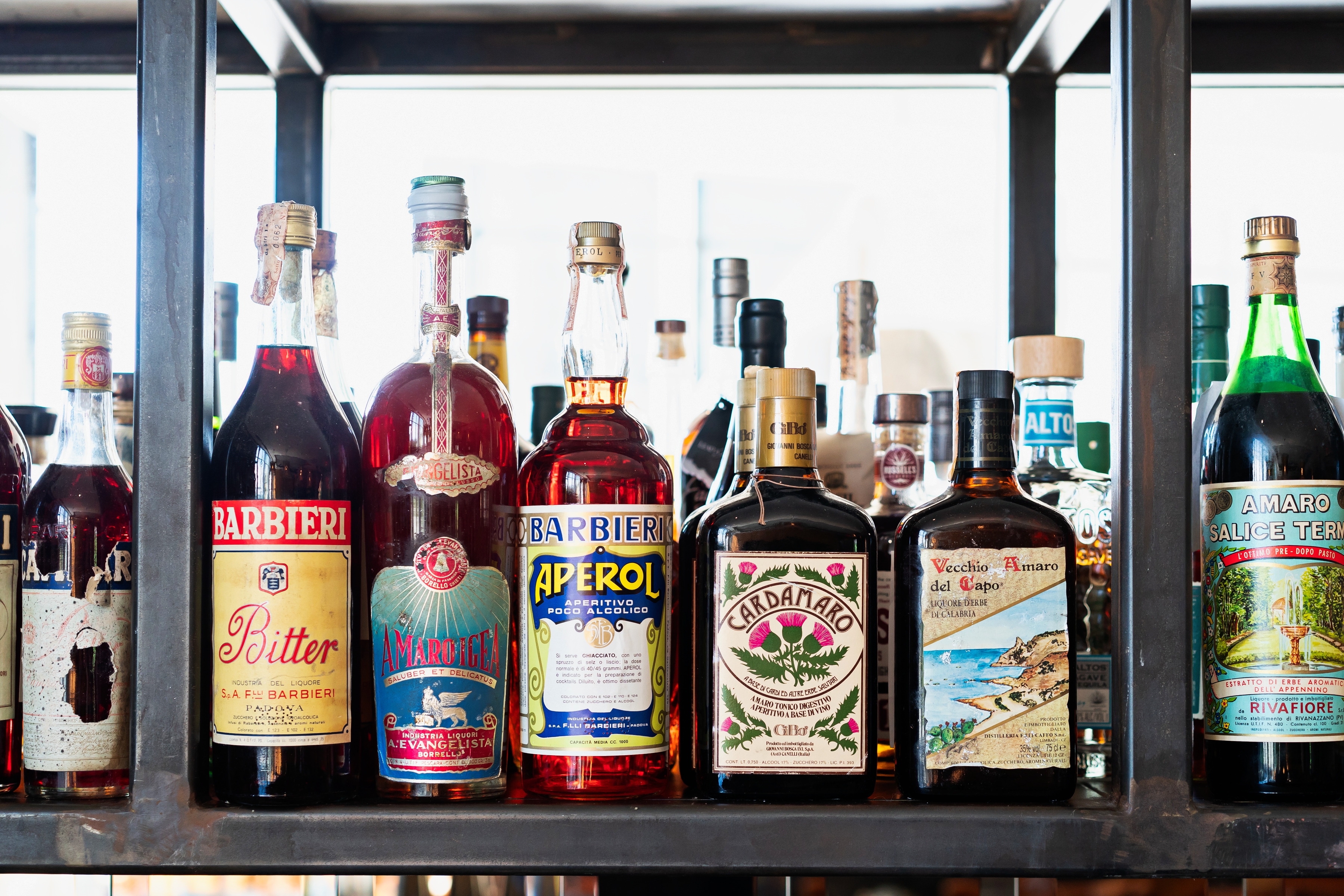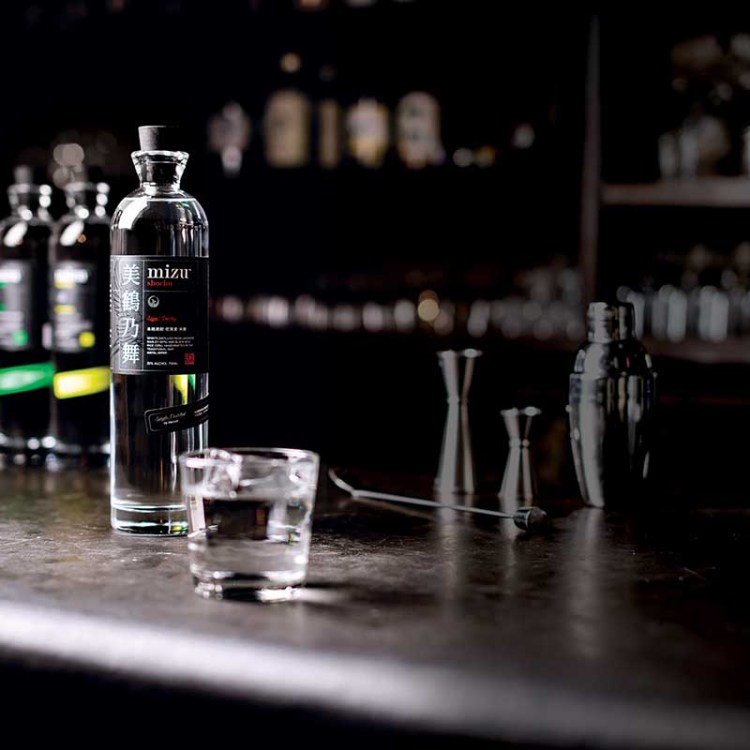Ask any Italian, and they’ll tell you in so many words that aperitivo hour isn’t the same as an American happy hour; it’s a state of mind, and a way of being. It’s a time to focus on the present moment, and digest the day, while preparing to digest the dinner to follow. This tradition of light drinking — traditionally low-ABV aperitivo-style cocktails or wine — with small bites (e.g., cheese, charcuterie, bread, nuts, etc.) is one that has purpose. Unlike the American post-work drink specials served up by bars that typically involve mindless imbibing to ease the nerves and act as a personal social lubricant, aperitivo hour encourages connection over a shared experience of food and drink. It epitomizes the lifestyle differences between those in America and Italy, but does it really need to in a world post-pandemic?
For the first time — maybe ever — Americans have gotten a taste of what it is like to have some down time. For the majority of people, the hustle, the grind, the bustling commute and non-stop nature of our day-to-day has ceased and we are finally able to embrace a slower way of life. I’m not going to lie, while there are many aspects of this pandemic that are stressful and strugglesome, the more Mediterranean pace of being is one thing that feels really good. We are finally able to consistently cook meals that require attention and care, and we can drink new cocktails that we maybe haven’t tried to make before. In essence, this is what aperitivo hour is all about; it’s a ritual that Italians have continued to celebrate even in the midst of a time where physical disconnection is at its peak.
“During this pandemic, obviously it became impossible to meet with friends, but lots of people kept up the aperitivo hour,” Cristian Petrosino, Italian-born bartender at the Kimpton Seafire Resort and Spa’s Avecita, tells InsideHook. “Sitting on the balcony with a glass of wine, a beer or a Pirlo at around 6 p.m., singing and playing music at the balcony or through a Zoom call.” While social distancing is in effect, Italians have kept this part of their daily routine intact, using it as a way to continually connect with others during a time when they need it most.
Petrosino is originally from Brescia, a city located east of Milan in the region of Lombardy. In Brescia, aperitivo is an integral part of daily life. “Aperitivo is something celebrated all over Italy, but I’d say in my city Brescia (Milan-Lombardy), or Veneto, this practice is almost like religion,” he explains. “Aperitivo is something ‘natural’ for all the people in Italy. At around 5:30-6 p.m., you start to see all the bars filling up with people that have just finished their jobs; you see fancy bars with young people, or small town bars with old friends just meeting up to chat about anything (usually football, or soccer as Americans refer to it).”
While Brescians have had to ditch the hugs, kisses and handshakes with jovial conversations at their local bars due to the pandemic’s social distancing rules, the transition to video calls and distanced balcony gatherings to celebrate their revered aperitivo hour has put the focus on food, drink and music. “I have a friend that sets up his DJ set on the terrace every Friday, and plays music for the neighborhood,” Petrosino says. “People are just going out on their balconies and talking to each other, sharing a smile and a glass during these hard moments.”
Valentino Longo, head bartender at the Four Season Miami’s Le Sirenuse and native Italian, reminisces on his experiences of aperitivo hour while bartending in Rome, explaining how special it is for their culture. “I remember when working at the Hotel De Russie in Rome, the aperitivo hour was the most important time of the day,” Longo says. “Chef was preparing amazing canapés that changed every day and we were serving a special cocktail menu: different twists on Negronis and spritzes. But the atmosphere was absolutely unique: People are happier. It is the time right after you finish work and before you go back home for your dinner. It was definitely the busiest but also the most magical.”
Because going out was the norm for many Italians to enjoy aperitivo hour, there was never a need to make their own cocktails. Now, with bartenders being removed from the equation, they have had to tune into live videos on social media to learn how to make their favorite refreshingly bitter cocktails at home. “With the help of online masterclasses and tips from bartenders and drinks specialists, they have all tried — some succeeded pretty well — in recreating their favorite cocktails at home,” says Ago Perrone, Director of Mixology at London’s swanky Connaught Bar.

Having food to pair with drinks is a defining characteristic part of aperitivo hour. “The food element also plays a key role in Italian aperitivos,” adds Georgio Bargiani, the head mixologist at Connaught. “With people forced to stay at home, they have definitely elevated their cooking game.” The small bites help stimulate the digestive system and prepare the body for the larger meal to come. In Italy, where food is romanticized and made with attention and enthusiasm, these nibbles come in the form of cheese and charcuterie, fresh bread, marinated olives and other, more elevated canapés.
In America, because we are a melting pot of many different cultures, sometimes it can be difficult to establish rituals of our own unless you were raised to carry on certain traditions. But various versions of aperitivo hour have become popular in recent years thanks to the global influence on our drinking culture: French aperitifs typically come in the form of pastis; Spanish pre-dinner drinks involve thoughtful pairings of gins and tonics; and, of course, the classic Italian aperitivo hour. No matter the origin, these occasions take something most of us love — eating and drinking — and make it a kind of ceremony for friends or family to debrief one another on their day.
During these difficult times, Italians have exhibited how a pre-dinner tradition that was once reliant on physical gatherings can pervade the restraints of social distancing and adapt in a way that still maintains the ethos of what it is all about. The American happy hour has its place, but it’s difficult to embrace when poised against the sophistication of Italian cocktails, light snacks and an authenticity that is simultaneously energizing and meditative.
How to Aperitivo
“[T]he ingredients for the perfect aperitivo remain unchanged in any country: good food, good drinks and good company — albeit virtual,” Perrone says. Embracing this ritual can be as complex or simple as you’d like it to be. Learning how to make some Italian aperitivo-style cocktails and appetizers will make the experience feel more authentic, but it’s not a requirement.
For something quick to pull out of the fridge, Antonio Rosato, head bartender at Mandarin Oriental, Milan, recommends Italian sparkling wines such as Prosecco or Franciacorta, as they are perfect for aperitivo time. If you are eager to dive into the world of bitter, red aperitivo-style cocktails, the Franciacorta can also be put to work. “The king of aperitivo drinks in Brescia is called ‘Pirlo,’ which is basically a spritz, but most likely made with Campari rather than Aperol,” Petrosino says. The Pirlo is a simple mix of three parts Franciacorta, two parts Campari, and one part soda water — add ice and garnish with an orange wedge, or peel.
“My go-to cocktail at home is the Negroni,” Longo says. “[It’s] easy to find the ingredients and easy to make. You can also pre-batch and keep it in your freezer ready to go.” Other cocktails recommended by Rosato include the Americano, Milano-Torino, Aperol Spritz, Bellini and Rossini.
In terms of the food to pair, some of the aforementioned snacks will suffice, but elevated bites to pair can come in the shape of a tartine (an open-faced sandwich), polenta and sausage bites, or easily made and delicious crostinis.
The Buongiorno Negroni by Franco Bongiovanni, bar manager of the Sofitel Rome Villa Borghese
Ingredients:
- 1 oz. gin
- 1 oz. coffee-infused vermouth (Add 1/2 cup of coffee beans into half bottle of vermouth for 12 hours, then filter)
- 1/2 oz. Campari
- Orange peel
Preparation:
Add all the ingredients into a rocks glass filled with ice. Stir with a spoon until well-chilled. Garnish with an orange peel and serve.
This article was featured in the InsideHook newsletter. Sign up now.





















